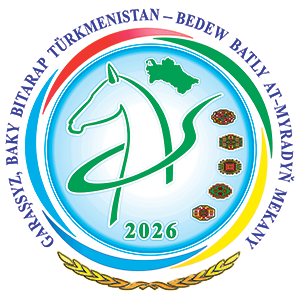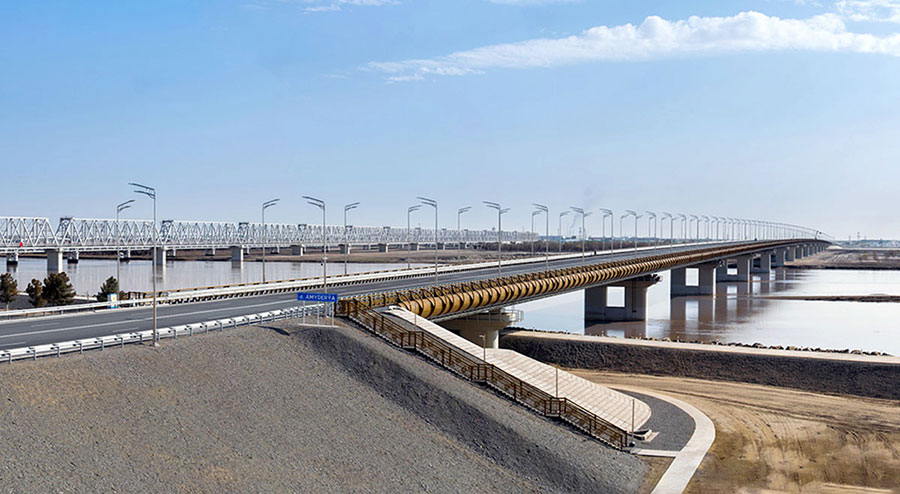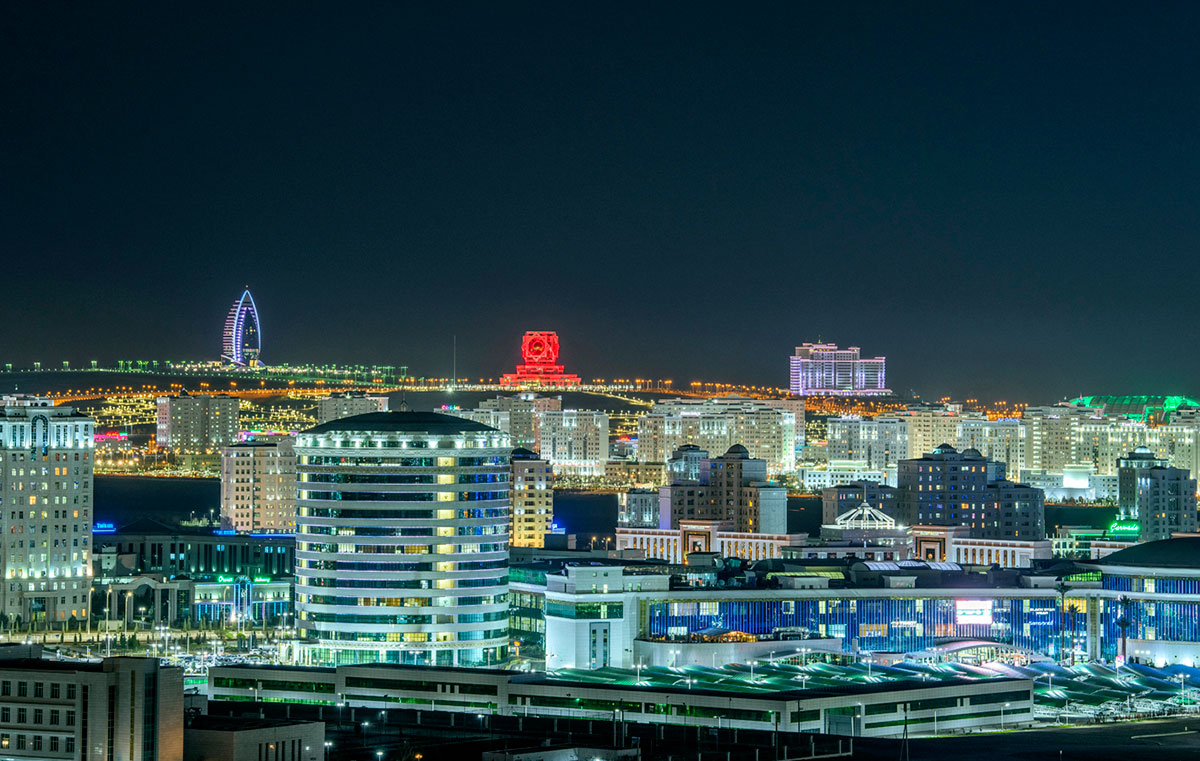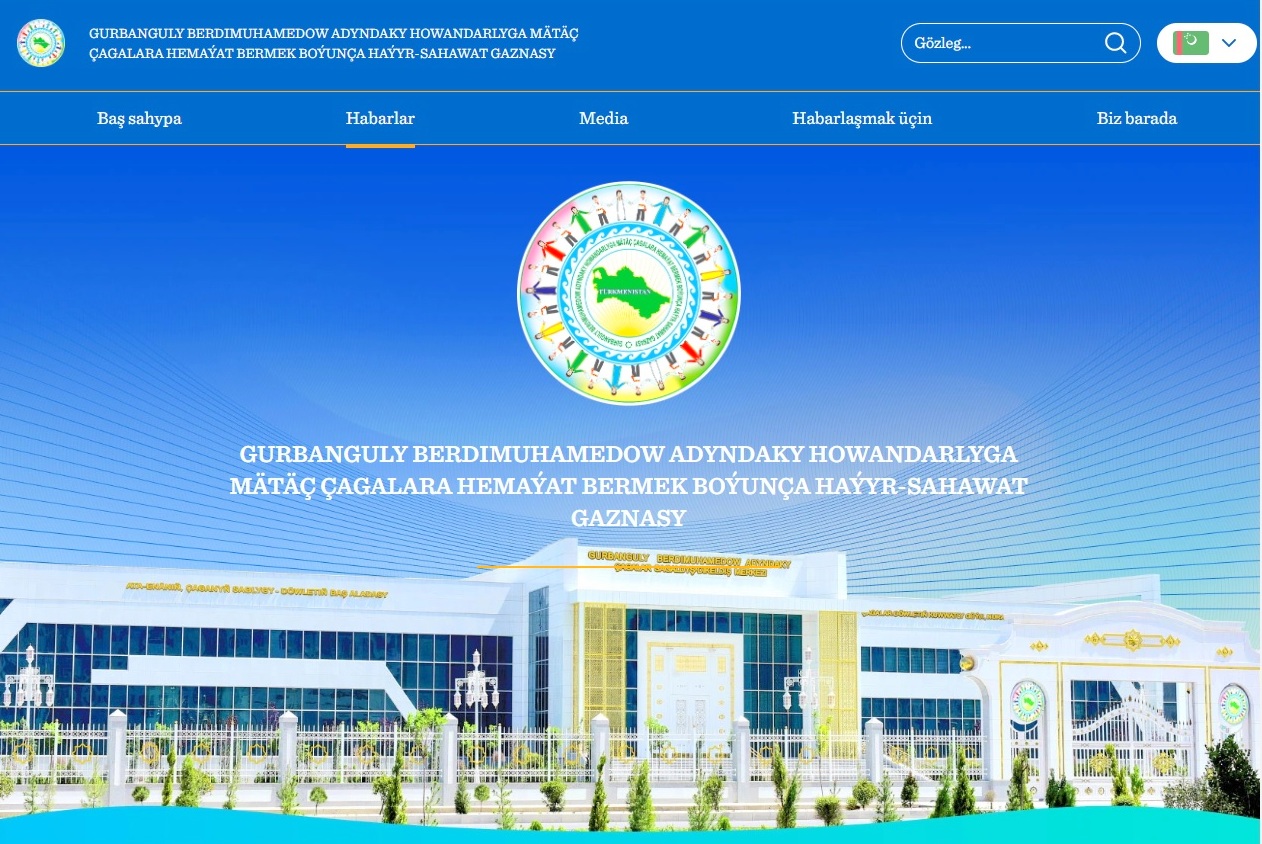Today, measures taken to create a modern transport and transit logistics infrastructure in the country provide a powerful impetus for the development of the national economy and the expansion of regional cooperation. Turkmenistan's existing potential in this area is directed towards the common well-being.
Major projects have already been implemented in the country to modernize roads, construct new railway networks of international importance, build international airports, and improve the maritime fleet operations. Along with other modes of transport, special attention is paid to the development of rail and road transport. When discussing this topic, it is worth mentioning the railway and road bridges over the Amu Darya, one of the largest and most full-flowing rivers in the region.
The first railway bridge over the Amu Darya was built in the late 19th century. On June 29, 1886, railway transport first arrived in Charjev (Turkmenabat). The transportation of construction materials across the Amu Darya for laying the railway to Bukhara and then to Samarkand delayed construction work. Therefore, it was decided to build a temporary wooden bridge across the river. The bridge construction began on September 1, 1887, and on January 6, 1888, the first train crossed the new bridge over the Amu Darya.
The temporary wooden bridge functioned for over 13 years before becoming unusable. The need for a strong and reliable bridge arose. Despite the builders' lack of experience in constructing a bridge over such a rapid river as the Amu Darya, after necessary preparatory work, the construction of a permanent bridge began on October 17, 1898. The bridge, which involved over 3,000 people in its construction, was commissioned on May 27, 1901. It is worth noting that it served for more than 100 years.
During the years of independence, several modern railway and road bridges were built over the Amu Darya. On September 16, 2009, the Kerki-Kerkichi railway bridge was commissioned. Over 600 people participated in constructing this economically significant bridge, using 16,600 tons of metal structures and 98,000 cubic meters of reinforced concrete. The bridge's operation reduced freight costs by 3-5 times. It is important to note that large industrial projects are being implemented on the right bank of the Amu Darya. On February 14, 2013, the Kerki-Kerkichi road bridge over the Amu Darya was opened, becoming a new strategic transport corridor for the country's socio-economic development.
According to the decree of the President of Turkmenistan, in 2013, a decision was made to build new Turkmenabat-Farap railway and road bridges. The Ukrainian company "Altkom" was entrusted with this project. The 1750-meter railway bridge, designed for heavy cargo, was inaugurated on March 7, 2017. It features high seismic stability, supported by 1.5-meter diameter reinforced concrete piles driven over 40 meters deep into the riverbed and covered with fiberglass-polyester tubes. The bridge has a 60-meter wide and 10-meter high clearance for ship passage.
According to the decree of the President of Turkmenistan, a new road bridge was also built over the Amu Darya by Altkom. It rests on 17 reinforced concrete piles covered with fiberglass-polyester tubes. The four-lane bridge is 21.5 meters wide with a road surface made of ultra-modern polymer material called matacrylic, known for its high strength, durability and UV resistance.
To ensure safe vehicle traffic on the approaches to the bridge, ramp interchanges extending 6 kilometers have been constructed. Pedestrian walkways 1.5 meters wide are provided on both sides of the bridge.
The bridges built over the Amu Darya are important not only for strengthening the country's economic power but also for developing partnerships and fraternal relations in the region. The principles of humanism and peacefulness form the foundation of the sovereign nation's foreign policy. Bridges connect roads, and roads connect peoples.








